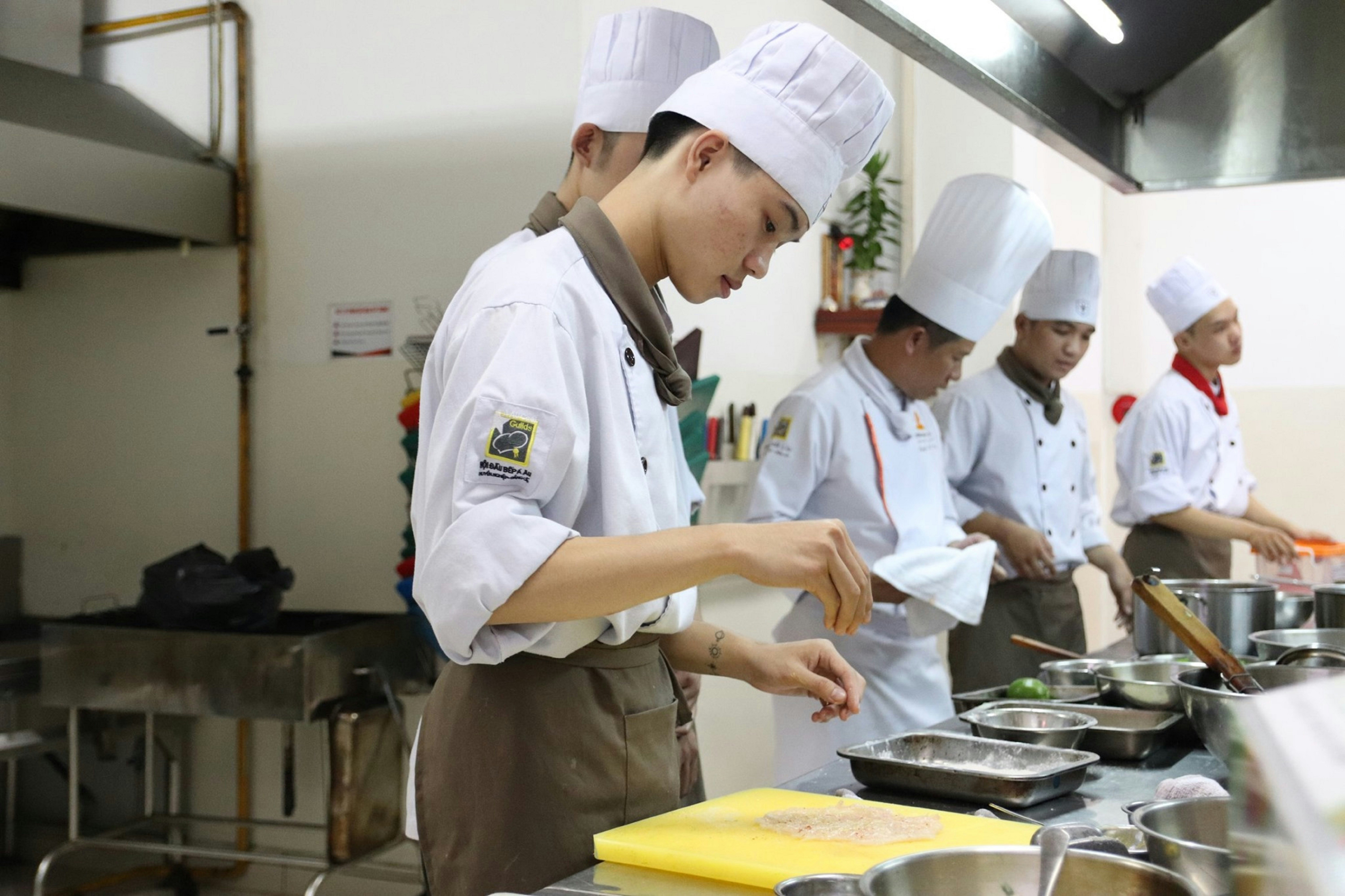
Tips for Thriving at Networking Events Through Culinary Experiences
Entering a room where you don’t know anyone can feel a bit daunting, like pausing before making your first move. Finding common ground becomes easier when you share appetizers, sample tasting flights, or enjoy creative beverage setups together. Passing a platter of charcuterie or sipping a unique craft soda encourages people to talk, ask questions, and connect over something tangible. These shared experiences break the ice and offer a natural way to start conversations, helping everyone feel more comfortable and engaged right from the start.
Culinary moments at meetups hold real potential beyond snacking. They break ice, turn small talk into genuine exchange and leave lasting impressions. Below, you’ll find hands-on tips and fresh examples to transform your next gathering into an approachable, memorable experience.
Exploring Culinary Experiences at Networking Events
Last year, a tech summit in Austin featured a build-your-own taco stand. Attendees lined up, chose tortillas and fillings, then gathered at high-top tables. That simple custom bar prompted questions like “Why did you pick that salsa?” and “Have you tried the mango slaw?” Hosts observed clusters forming naturally around shared favorites. The meal became the magnet.
At a finance conference in New York, organizers invited a local ice-cream maker to run a tasting truck outside the venue. Business cards exchanged hands while participants sampled seasonal scoops. Commenting on flavor profiles—like balsamic strawberry or toasted sesame—led to deeper talks about local sourcing and artisanal trends. Food became the lead in each storyline.
Preparing Conversation-Starters with Food
Tapping into edible prompts involves planning ahead and choosing items that invite questions. Here are ideas to try at your next event:
- Signature Appetizer Samples: Select two distinct bites—say, mini crab cakes and vegan sushi rolls—to spark debates over favorites.
- Themed Pairing Station: Offer cheese matched with unexpected beverages like ginger beer or jasmine tea. Guests comment on contrasts and share pairing hacks.
- Flavor Passport Cards: Attach tasting notes to skewers or toothpicks. Ask attendees to rate each sample and swap notes with someone else.
- Interactive Garnish Bar: Provide plain mocktails or coffees alongside mix-ins such as lavender syrup, chocolate shavings and citrus twists.
These formats give participants a built-in topic. When you see someone holding a sample, you already know what to ask: “How does the rosemary foam taste?” or “Which combination surprised you?” Conversations start before you even say hello.
Hosting or Joining Food-Driven Mixers
When you take charge of the culinary angle—or support someone who does—you shape the atmosphere. Follow this simple checklist:
- Identify a Local PartnerConnect with a small bakery, brewery or food truck. A local brand delivers authenticity and fresh talking points.
- Plan a Signature MomentSet a specific time for a reveal: unveiling a new barista’s cold brew or cutting into a community-sourced cheese wheel.
- Create a Comfortable FlowArrange food stations around the perimeter with standing tables in the center. Guests move freely and mingle without bottlenecks.
- Provide Name Tags and Tasting MatsEncourage attendees to list flavor notes beside their names. It doubles as a conversation prompt.
- Capture Feedback LivePlace a screen or board where people post quick comments on their top bites. It invites on-the-spot interaction.
Joining an existing food-focused event requires a small investment of energy: arrive early, engage with the host’s menu curator and offer to introduce newcomers to stand owners. You become the connector before even drawing your first breath.
Using Cultural Foods to Build Relationships
Food from different regions shares stories of heritage, history and craftsmanship. Offering dishes that highlight culture makes an event stand out and invites attendees to share their own backgrounds. For instance, at a leadership retreat in Chicago, a chef from a West African restaurant served spicy jollof rice followed by plantain fritters. Guests compared it to Latin American rice dishes and debated where the heat level hit just right. That moment turned casual small talk into a lively tale of childhood recipes.
Sharing a platter of dumplings—filled with pork, vegetable or shrimp—at a sales conference prompted groups to discuss family gatherings and weekend cooking rituals. In the same room, an interactive mochi-making station taught everyone how to knead, wrap and coat the sweet rice cake. New contacts left not only with sugar on their fingers, but also with stories and fresh rapport.
Sharing food at networking events encourages conversation and helps people connect. Let the menu spark interactions and build new relationships.